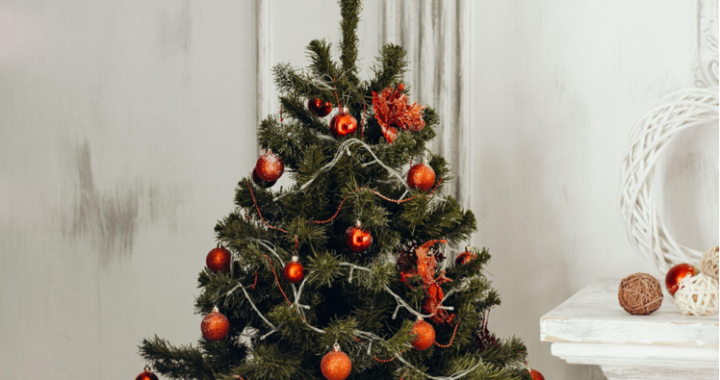The Environmental Benefits of Choosing a 12-Foot Artificial Christmas Tree
Many people are considering decking their halls and trimming their trees with the holiday season approaching. However, choosing between a natural or artificial tree can be challenging for the environmentally conscious. While the traditional choice has always been a real tree, more and more consumers today are turning to artificial trees as a greener alternative. So why choose a 12-foot artificial Christmas tree over a real tree?
First and foremost, artificial trees are significantly more sustainable than real trees. According to the National Christmas Tree Association, roughly 25 to 30 million real Christmas trees are sold annually in the United States. Given that it can take up to a decade for a tree to grow to a suitable height, this leads to a considerable depletion of our natural resources. Also, transporting trees from forests to retail locations consumes significant energy and generates pollution. On the other hand, artificial trees can last for decades when properly cared for, reducing the need to purchase a new tree each year and placing less of a burden on our natural resources.
One of the most significant advantages of a 12-foot artificial tree is that it provides a show-stopping centerpiece for your holiday décor. Many families want a tree that is the focal point of their holiday festivities, and a 12-foot artificial tree certainly fits the bill. Not only that, but an artificial tree can also be customized to your specific taste, with options including pre-lit trees, trees with different branch patterns, and even fiber optic trees that change color.
But it’s not just aesthetics that make a 12-foot artificial tree the perfect choice. For those concerned about deforestation, an artificial tree is a great way to reduce their carbon footprint. Not only does it reduce the number of trees cut down each year, but it also helps to preserve the wildlife and ecosystems that depend on these trees.
The Definition of Quality
It’s also important to note that 12-foot artificial christmas trees are made from high-quality materials built to last. Many of them are crafted from PVC, a durable and environmentally friendly material that is designed to withstand years of use. Additionally, many artificial trees are now made using recycled materials, reducing their environmental impact.
Finally, it’s essential to consider the economic benefits of choosing a 12-foot artificial Christmas tree. While real trees can be expensive, with prices ranging from $50 to over $100 for a six-foot tree, artificial trees can be an investment in your holiday traditions. While there is an initial cost when purchasing a high-quality artificial tree, the fact that it can last for several years makes it a more financially responsible choice in the long run.
In conclusion, there are many compelling reasons why choosing a 12-foot artificial Christmas tree is superior. Whether you want to make a sustainable choice for your holiday décor, reduce your carbon footprint, or create a show-stopping centerpiece for your home, a high-quality artificial tree is the perfect solution. With so many options available, there’s sure to be a 12-foot artificial Christmas tree that meets your needs and budget. So why wait? Start decking your halls with a beautiful new artificial tree today.

